This month sees the following articles in Faraday Discussions that are in the top ten most accessed for February:
Ionic Liquids: Past, present and future
C. Austen Angell , Younes Ansari and Zuofeng Zhao
Faraday Discuss., 2012,154, 9-27
DOI: 10.1039/C1FD00112D
Realizing artificial photosynthesis
Devens Gust , Thomas A. Moore and Ana L. Moore
Faraday Discuss., 2012,155, 9-26
DOI: 10.1039/C1FD00110H
Hydrogen evolution on nano-particulate transition metal sulfides
Jacob Bonde , Poul G. Moses , Thomas F. Jaramillo , Jens K. Nørskov and Ib Chorkendorff
Faraday Discuss., 2009,140, 219-231
DOI: 10.1039/B803857K
Introductory Lecture Surface enhanced Raman spectroscopy: new materials, concepts, characterization tools, and applications
Jon A. Dieringer , Adam D. McFarland , Nilam C. Shah , Douglas A. Stuart , Alyson V. Whitney , Chanda R. Yonzon , Matthew A. Young , Xiaoyu Zhang and Richard P. Van Duyne
Faraday Discuss., 2006,132, 9-26
DOI: 10.1039/B513431P
Artificial photosynthesis for solar fuels
Stenbjörn Styring
Faraday Discuss., 2012,155, 357-376
DOI: 10.1039/C1FD00113B
Electron transfer kinetics in water splitting dye-sensitized solar cells based on core–shell oxide electrodes
Seung-Hyun Anna Lee , Yixin Zhao , Emil A. Hernandez-Pagan , Landy Blasdel , W. Justin Youngblood and Thomas E. Mallouk
Faraday Discuss., 2012,155, 165-176
DOI: 10.1039/C1FD00083G
Artificial leaf device for solar fuel production
Yutaka Amao , Naho Shuto , Kana Furuno , Asami Obata , Yoshiko Fuchino , Keiko Uemura , Tsutomu Kajino , Takeshi Sekito , Satoshi Iwai , Yasushi Miyamoto and Masatoshi Matsuda
Faraday Discuss., 2012,155, 289-296
DOI: 10.1039/C1FD00097G
2D or not 2D: Structural and charge ordering at the solid-liquid interface of the 1-(2-hydroxyethyl)-3-methylimidazolium tetrafluoroborate ionic liquid
Karina Shimizu , Alfonso Pensado , Patrice Malfreyt , Agílio A. H. Pádua and José N. Canongia Lopes
Faraday Discuss., 2012,154, 155-169
DOI: 10.1039/C1FD00043H
Excitons and charges at organic semiconductor heterojunctions
Richard H. Friend , Matthew Phillips , Akshay Rao , Mark W. B. Wilson , Zhe Li and Christopher R. McNeill
Faraday Discuss., 2012,155, 339-348
DOI: 10.1039/C1FD00104C
Introductory Lecture: Basic quantities in model biomembranes
John F. Nagle
Faraday Discuss., 2013,161, 11-29
DOI: 10.1039/C2FD20121F
Why not take a look at the articles today and blog your thoughts and comments below.
Comments Off on Top 10 most-read Faraday Discussions articles in February

![]()
![]()













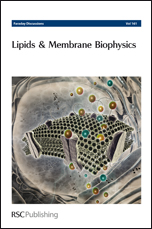
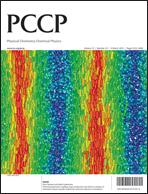

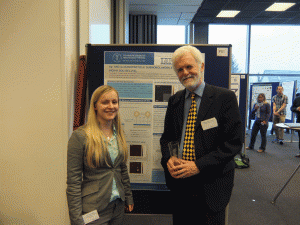
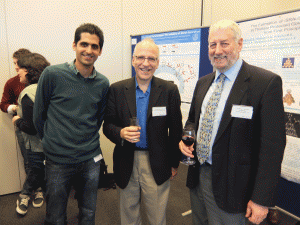
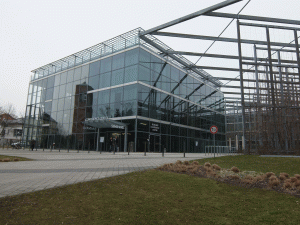
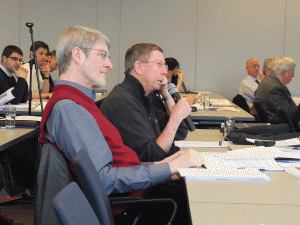
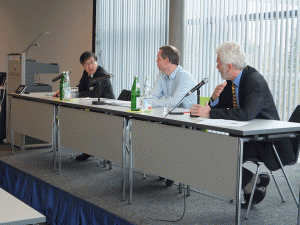
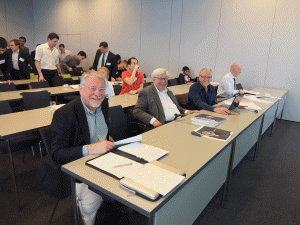
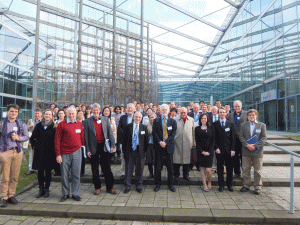
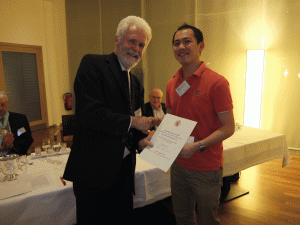
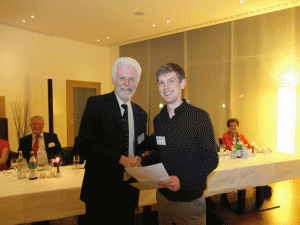
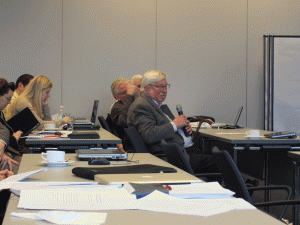
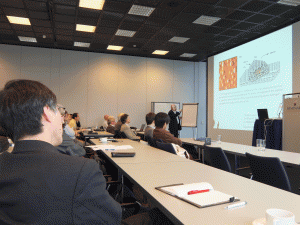
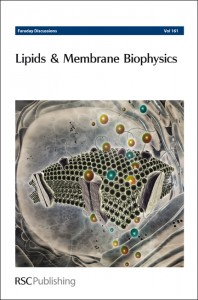 We are pleased to announce the publication of Faraday Discussion 161
We are pleased to announce the publication of Faraday Discussion 161